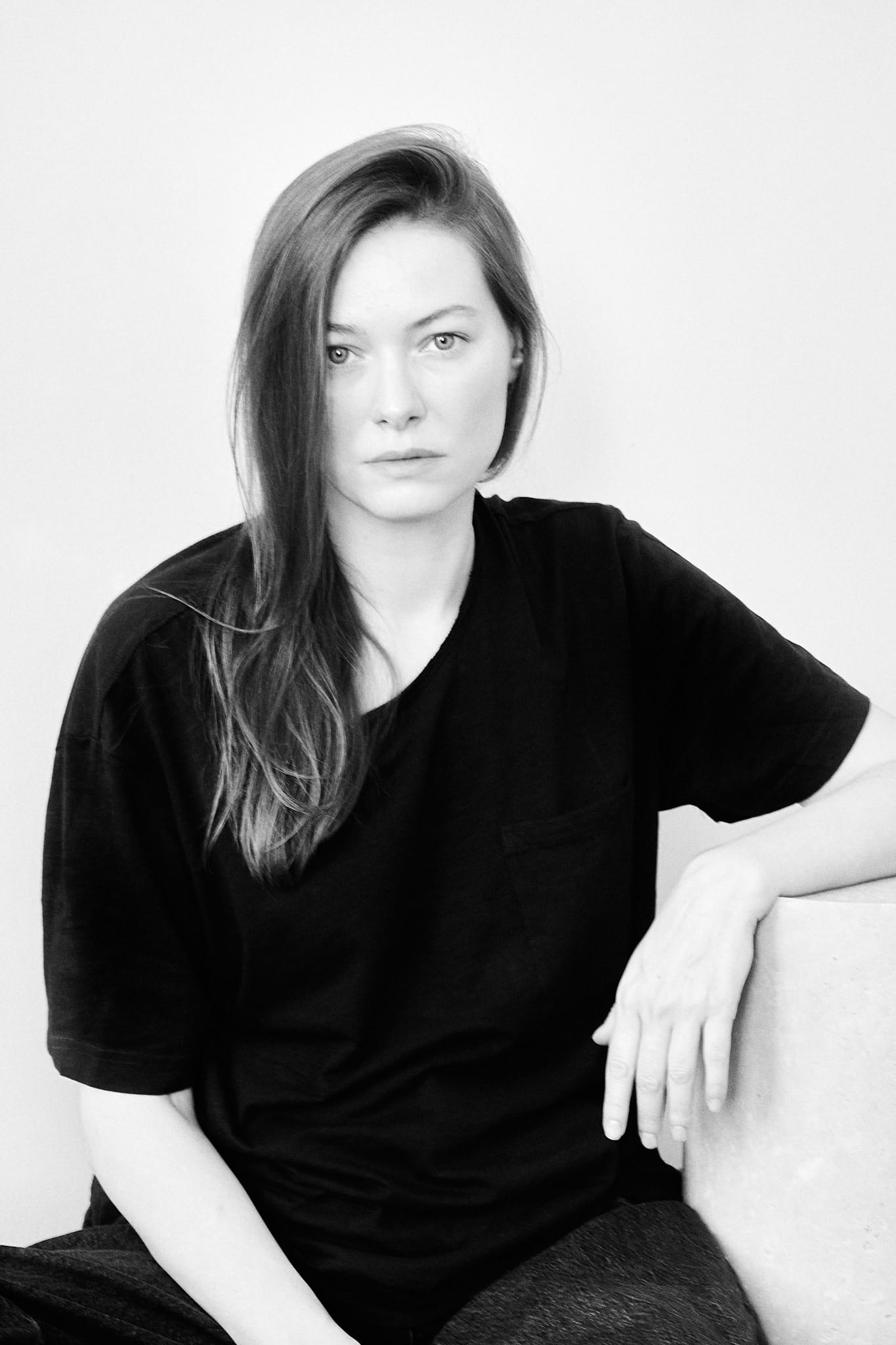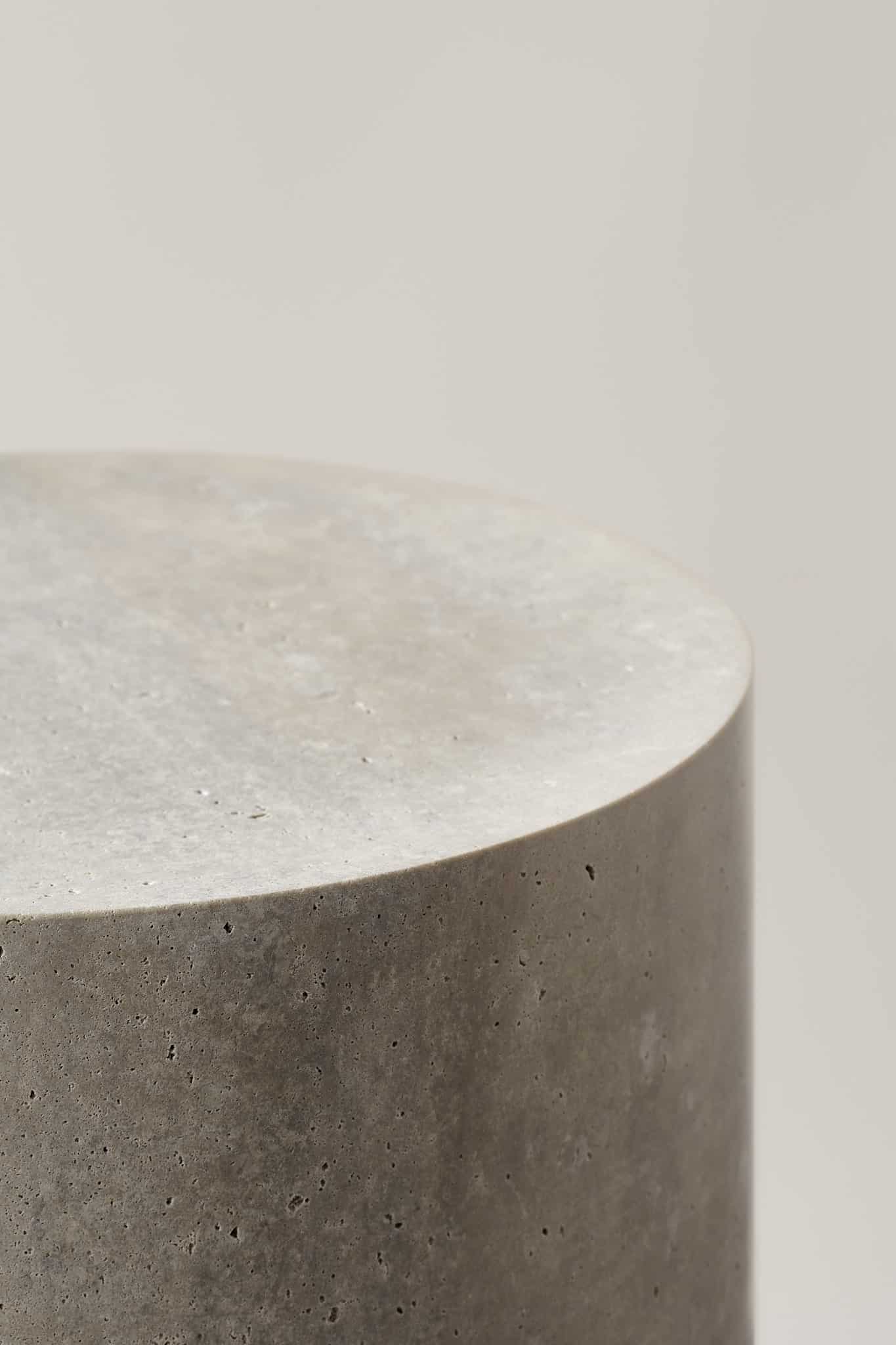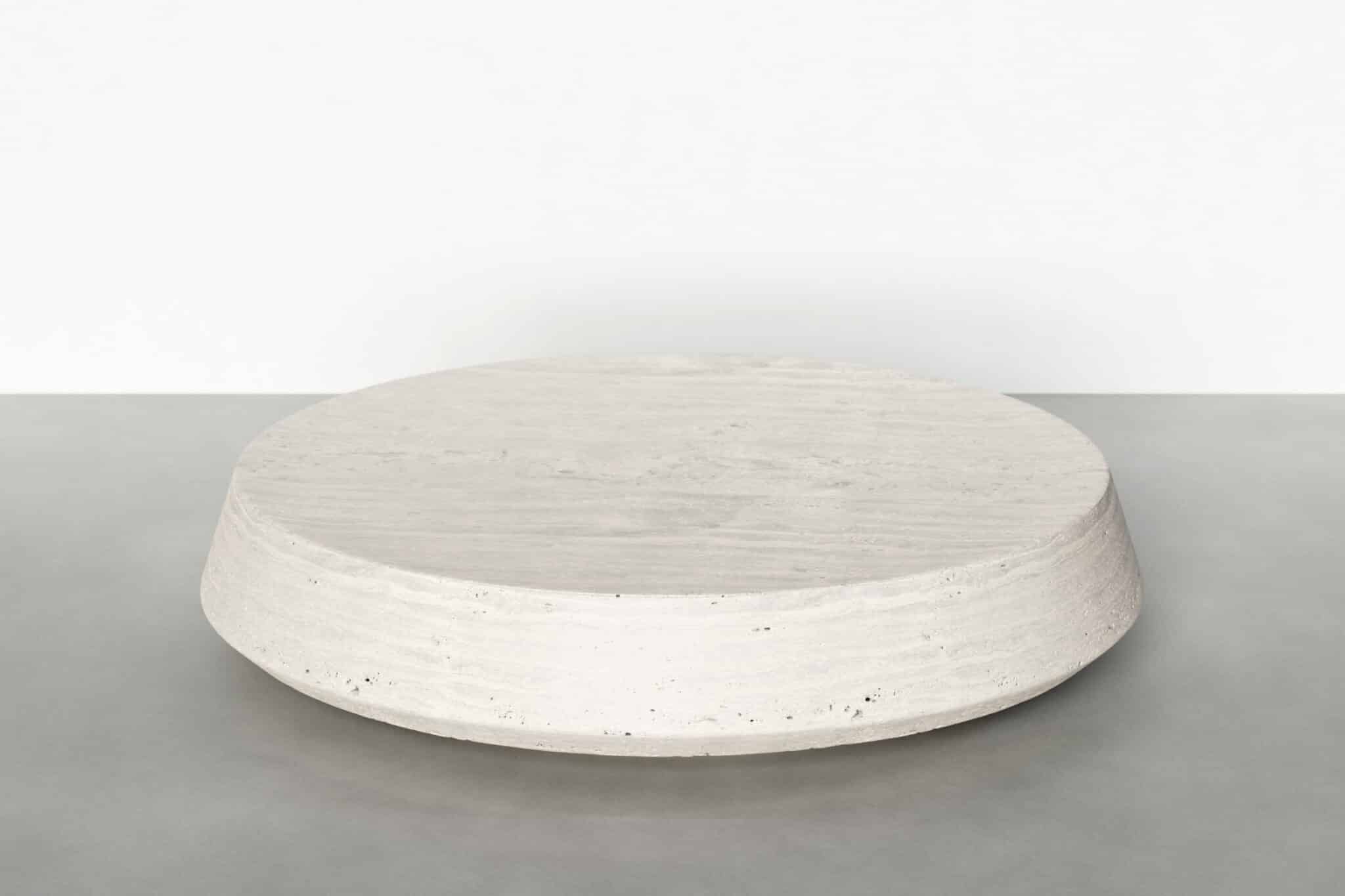
Maria Osminina
1. Where were you born and where are you from ?
I was born in St. Petersburg, Russia. This is a very beautiful city with excellent architecture, which was built by the best European and Russian architects.
2. What is your first memory connected to the art world ?
For the first time I felt that I was interested in art when I was a kid and when I got into a private art studio where people were preparing to enter a professional university and just conducting lessons for groups. I went there with a friend to have fun. There was a creative atmosphere in the studio, it was a completely different world than the one I was used to. It resonated a lot with me.
After the studio lessons, my parents helped me find a wonderful private teacher who opened up to me a world of contemplation and different methods of approaching artistic techniques. For setting the hand, I made a huge number of copies of calligraphic works of Japanese prints, studied composition, watercolor and gouache techniques. They did the plein airs.
3. Have you always worked in the art/design field ?
From an early age, I devoted all my time first to studying and then working in the world of art and design.
For ten years I studied at a school at an art university and at the Institute of Technology and Design. I remember with great warmth my teachers in academic drawing, painting and composition. This was an important stage in which I received the basis of classical education and, undoubtedly, now it helps me in my work.
After graduation, I began to immerse myself in the world of contemporary art. Then I moved from learning techniques to a deeper and more important process – knowing myself. Only after going through this stage can you really become an artist: start seeing and feeling acutely, strongly, uniquely. This became my spiritual and intellectual basis for my subsequent work with furniture and space.
4. What led you to the design creation ?
Design and architecture always fascinated me, but the turning point came when I got to know the architecture of Tadao Ando. Then I realized that the level of influence on a person through space can be no less powerful than art. I wanted to do something to make people’s lives more beautiful every day, and not only when visiting exhibitions.
It is important for me to create free spaces on the border of design and art, filled with a sense of freedom. Each object in space takes its place, creating an external and internal contour relative to it. I feel the emptiness as a form, it, filling in the curves of the furniture, forms a form equal in value to the filling itself.
When working with space, I began to miss the necessary forms. I got the feeling that I want certain lines and I can’t find them anywhere. This was the impetus for creating exactly those pieces of furniture that were necessary for me.
5. How would you describe your creative process and it influences ?
Before I start work, I try to turn to myself and feel the emerging line, the mood, the essence of what is inside me. It is this message that is the key and the only true one for me. For me, the ability to express feelings through visual form is of particular importance. To work with the shape, I use 3D software in which I look for the ratio of lines and volumes. Already at this stage, I understand what kind of material the object should be. For me, the decisive moment is when I feel that the original feeling is accurately expressed in the form. So the process is over. I stop and give this stuff a while. A holistic project can neither be distorted nor violated. At this stage, you can move on to more accurate rendering and design.
6. Could you describe a typical day of your work ?
I try to divide my days into those that I spend in the studio or in production. In the studio, I devote all my time to drawing, visualization and design. I like to combine modern possibilities to create timeless designs. I make sketches of future objects, use 3D software to see how they will look in volume, make accurate calculations blueprints.
All work with the material takes place in factories. I always perceive the moment of observation and choice with particular trepidation. I like to track subtle nuances, observe the structure of the material, find a balance that creates the uniqueness and sensual fullness of each object. Such decisions are deprived of the momentary and the influence of fashion trends, but they contain, in my opinion, a much more valuable component that forms the essence of things.
7. Why did you choose the specific materials you work with ?
Now I work with materials such as marble, limestone, wood. All these materials have always been in civilization, the ancient Romans made amazing products from them, built buildings. I like to combine modern minimalistic forms with a material that embodies time and its endless flow. So the value of the joy of the moment and its living becomes more tangible and important at the same time, because eternity is all made up of such moments.


8. What are the technical particularities of your creations ?
Accuracy and quality are important to me. I make all the drawings and carefully control the manufacturing process. Each material has many features that may seem unimportant at first glance, but can make themselves felt during the manufacturing process of the product. So, the method of extraction of stone, its processing affect the features of the manufacture of the object.
9. What advices could you give to beginning artists who would like to create sculptural design works ?
I would advise you not to rush, spend time on education and to understand who they are, what they are inclined towards, why they do it. And, of course, experiment.
10. If your works had to belong to a design movement, in which one would you define it ?
I am a minimalist. It manifests itself in everything I do. I like it when there is nothing superfluous, but on the other hand, every detail is verified and not accidental. For me, this approach allows me to preserve the value and maintain the significance of the choice.
11. What designers have influenced you ?
There are a lot of such designers, or rather, everything around me partly influences me, and on the other hand, I separate my inner creative movement, which allows me to maintain the authenticity of my approach and maintain forms in which my line of decisions is clearly traced.
12. What contemporary designers do you appreciate ?
I like designers working in different fields. I love the work of Axel Vervoordt, Vincent Van Duysen, Rick Owens, Demna Gvasalia, Martin Margiela.
13. What contemporary artists (in any kind of art) have you been inspired by ?
My favorite artists are absolutely cosmic Anish Kapoor, gentle Cy Twombly, Serra. The artistic direction of Arte Povera resonates with me very much. The new poor art raised the questions of humanism and society, creating objects and installations of the most powerful in their expressiveness from simple things. I feel a strong connection with the cinematographic works of Andrei Tarkovsky.
14. If you had to summarize your creations in one word or sentence, what would it be ?
Timeless
15. Is there anything you would like to add ?
I want my design to help shape a new reality in which space helps a person feel free, clearing away all unnecessary things and leaving the essence. I would like to change the distance between art and design, because space and all the objects in it have a huge impact on a person.
Proust Questionnaire with very short answers (one or a few words) :
(The Proust Questionnaire is a set of questions answered by the French writer Marcel Proust. Other historical figures who have answered confession albums are Oscar Wilde, Karl Marx, Arthur Conan Doyle, Stéphane Mallarmé, Paul Cézanne…)
1. What is your idea of perfect happiness?
It’s a sense of harmony
2. What is your greatest fear?
Total loneliness
3. What is the trait you most deplore in yourself?
Mood swings
4. What is the trait you most deplore in others?
Deceit
5. Which living person do you most admire?
My mom
6. What is your greatest extravagance?
Work
7. What is your current state of mind?
Observational
8. What do you consider the most overrated virtue?
Care
9. What is the quality you most like in a man person ?
Humanity
10. What is the quality you most like in a woman person?
Humanity
11. Which words or phrases do you most overuse?
I must
12. Which talent would you most like to have?
Diplomatic
13. If you could change one thing about yourself, what would it be?
Frustration
14. What do you consider your greatest achievement?
The ability to shape your life
15. If you were to die and come back as a person or a thing, what would it be?
Tree
16. Where would you most like to live?
In Venice
17. What is your most treasured possession?
Love
18. What do you regard as the lowest depth of misery?
Death of loved ones
19. What is your favorite occupation?
Dream
20. What is your most marked characteristic?
Tenacity
21. What do you most value in your friends?
Honesty
22. Who are your favorite writers?
Dostoevsky
23. Who is your hero of fiction?
Gogol’s “little man”
24. Which historical figure do you most identify with?
With no one
25. Who are your heroes in real life?
My family
26. What are your favorite names?
My children’s names
27. What is it that you most dislike?
Anger, envy
28. What is your greatest regret?
Wasted time
29. How would you like to die?
With my family
30. What is your motto?
Always listen to yourself

